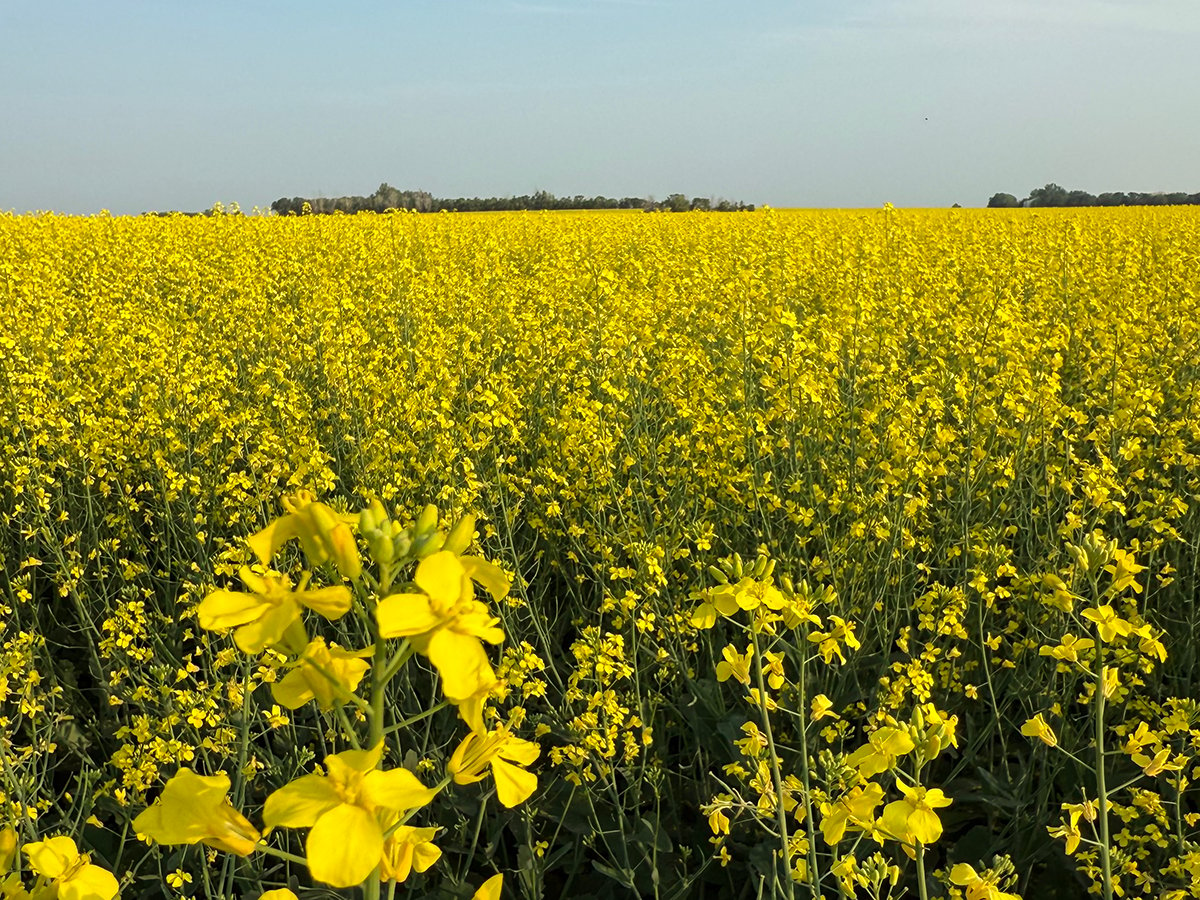DENVER, Colo. – A virulent new pathogen could edge out E.coli O157:H7 as the next dangerous contaminant in food.
Salmonella typhimurium DT104 has been found in Canada, the United States, Denmark, Britain, Germany, France and Austria.
“It wasn’t even on the radar scope a couple of years ago,” said W.W. Laegreid, during a cattle health committee meeting at the National Cattlemen’s Beef Association convention Feb. 2-7.
The greatest problem with this bacteria is that it is resistant to common antibiotics like ampicillin, chloramphenicol, streptomycin, sulfonamides and tetracycline.
Read Also

Canola support gets mixed response
A series of canola industry support measures announced by the federal government are being met with mixed reviews.
A New York family of seven that ran a dairy became ill last year and one person nearly died before doctors could diagnose the problem.
Canada reported it in 1970. It was detected in the United Kingdom in 1984 with 259 human cases. In 1996, the British reported 4,006 cases.
It is more commonly found in dairy herds than beef herds. Mortality among cattle was reported at 40 to 60 percent, hitting calves the hardest. People who contracted the infection required long hospitalization but few died.
The bacteria has been found in feces of birds, pigs, sheep, horses, emu, cats, dogs, mice, coyotes and squirrels.
People probably came in contact with the bacteria from animal pro-ducts like beef, pork, poultry or unpasteurized dairy products.
Don Lein, of Cornell University, said studies show shedding of this bacteria by cattle is intermittent
Because DT104 is resistant to so many antibiotics, concern has been raised in some quarters. Monitoring programs for this form of salmonella or E.coli O157:H7 may be continuous because of growing antibiotic resistance of these bacteria.
“We’ll see a paradigm shift in antibiotics in food animals. It’s pretty hard to say we will live without antibiotics in our food industry and what catastrophic events it could lead to,” Lein said.














